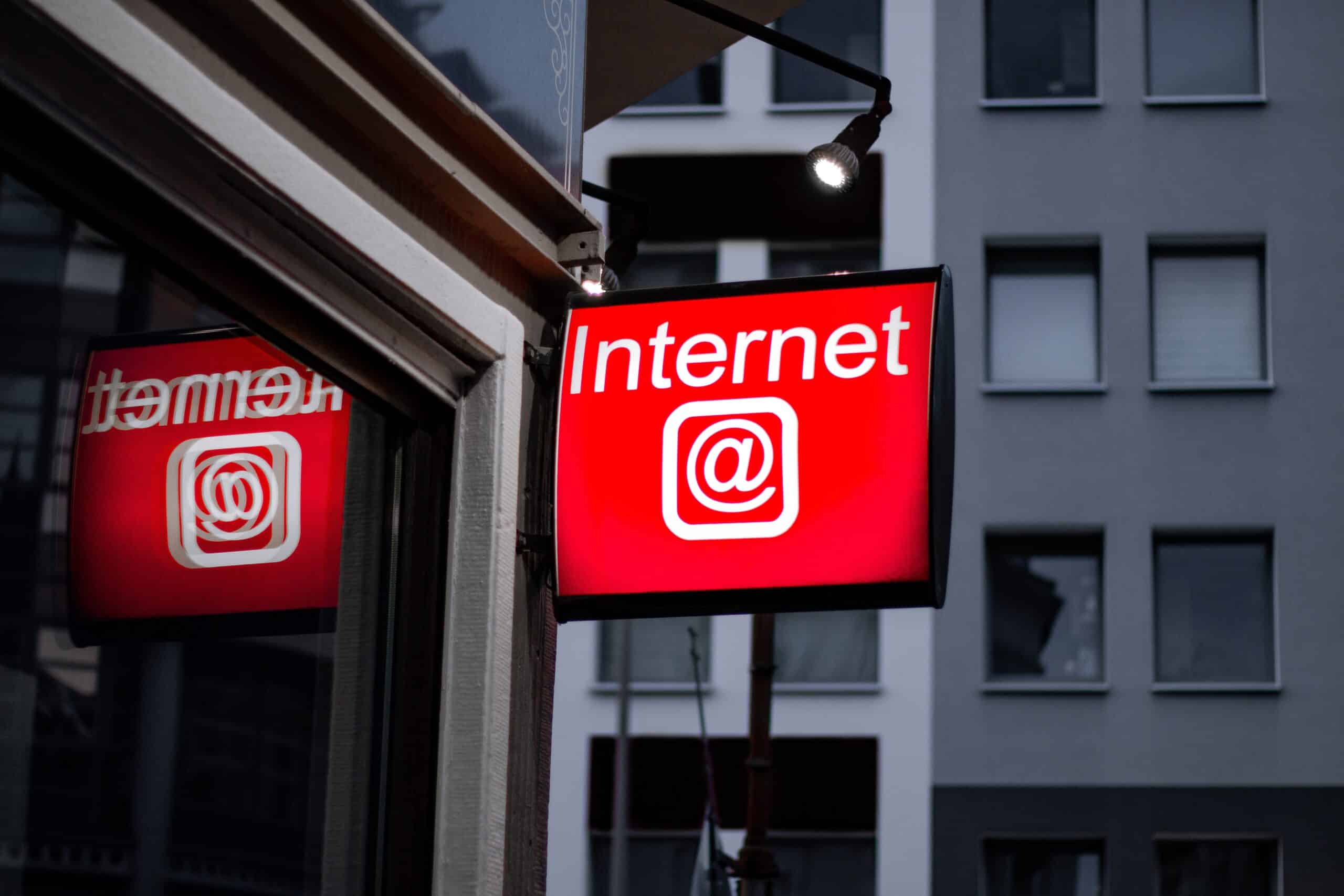In our current context of constant change and disruption, digital transformation enabled by Internet connections has been a lifeline for many companies and entrepreneurs, helping them preserve livelihoods, careers, and businesses. In 2019, South Africa exceeded 1.6 million fibre-to-the-home or fibre-to-the-building subscriptions, making our country a leader when it comes to Sub-Saharan Africa’s fibre uptake.
But with so many connectivity options on offer, it can be tricky to decipher what’s worth your money and what’s not, and what the different benefits are. Most recently, providers have launched products with names like “AirFibre”, “LTE fibre” or “wireless fibre” as alternatives to cabled fibre.
And while it’s impressive to see both local and global organisations pushing the envelope and being inventive in their Internet offerings, this has resulted in the puzzling trend of labelling all sorts of connectivity products as “fibre” when they really aren’t, confusing already overwhelmed consumers in the process.
Let’s take a comparative look at fibre optic communications versus wireless or satellite communications to help you decide which is a better fit for your business needs.
The main difference between fibre and fixed wireless solutions


Telecommunications companies are offering wireless Internet services that don’t require trenching to lay underground fibre optic cables. But it’s not the case that these wireless products don’t require infrastructure – they need existing cell phone towers to provide connectivity to citizens.
What’s concerning though, is that many local providers are advertising these products as “fibre connectivity” when they are, in essence, different forms of wireless. Using fibre-related terminology to name or describe these services is incorrect. This becomes misleading when consumers are led to believe that they are paying for “fibre-like services”, expecting faster speeds, greater bandwidth, and better reliability, only to receive a wireless service instead, often leading to disappointment.
Unlike fixed wireless products, only connections that involve physical fibre optic infrastructure can be called true “fibre services”. Fibre works by sending data coded in a beam of light down long, extremely thin strands of glass (called fibre optic cables). These carefully crafted cables can carry light over huge distances without it scattering or dispersing, giving fibre the lightning-speed power it’s known for.
The case for satellites
Satellite communication also has its place – it’s most beneficial in rural and peri-urban areas where the rollout of fibre, mobile, and other broadband infrastructure is more difficult than in major metropolitan hubs. Satellites could serve as a key means of connectivity in rural areas of Africa – particularly for landlocked countries that struggle to build links to subsea cables, especially with Elon Musk’s satellite broadband service, Starlink, opening its pre-order list to South Africans This kind of communication is ideal for poorly connected areas, rough or mountainous terrains, or remote places where it can be costly to install fibre.
Satellites can connect many devices, facilitating mobile communication. However, because of lower bandwidth capabilities, the distance between the earth-bound modem and the satellite in space, and a reliance on external factors like the weather or a clear view of the sky, satellites are prone to interference. This can result in unstable Internet speeds and downtime. Tall buildings, trees, hills, heavy rain, and fog are all potential obstacles that can interrupt the connection between receivers and cell phone towers or dishes and satellites.
The case for fibre
While fibre is considered a more popular way to access affordable, fast, and reliable connectivity, fibre optics are better suited for urban areas with good foundations where it is easier to lay communication lines. However, this is changing as more fibre network operators (FNOs) and fibre providers are rolling out fibre in rural areas and townships, making connectivity accessible to all South Africans.
Of course, fibre does require both installation and technical maintenance. Yet, cabled fibre promises much higher bandwidth, minimal electromagnetic interferences, and fewer potential connection interruptions. In turn, communication using fibre optics is more reliable and stable than wireless and satellite options, and less prone to delays.
For satellites and other wireless services to work, receivers need to have a physical line of sight to towers or satellites. This means anything that comes between the receiver and the tower or satellite could lead to signal interruptions. As more businesses embrace digital transformation and are moving their services to the cloud, their bandwidth needs and reliance on the Internet are only going to increase, so adequate bandwidth and reliability are crucial considerations.
The fibre sector is committed to finding better, faster, and more affordable ways to deploy infrastructure across the country. We are consistently testing new methodologies and working alongside other companies and government to support the digital economy for South Africa.
If services are named in such a way that they create expectations that can’t be met, consumers will suffer. In a competitive connectivity environment with many players making dubious claims and offering different solutions, fibre providers like SEACOM are focused on building high-quality, sustainable terrestrial networks that can endure the increasing bandwidth demand while satisfying changing business and consumer needs. For small businesses and work-from-home companies, we believe this means that there really is only one option – the supply and servicing of SEACOM’s best-in-class fibre.
- Matthew Campbell is Head of SME and FTTH at SEACOM
